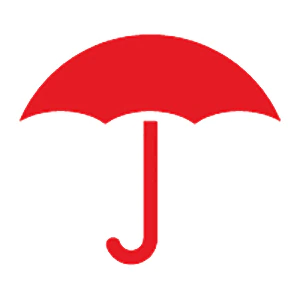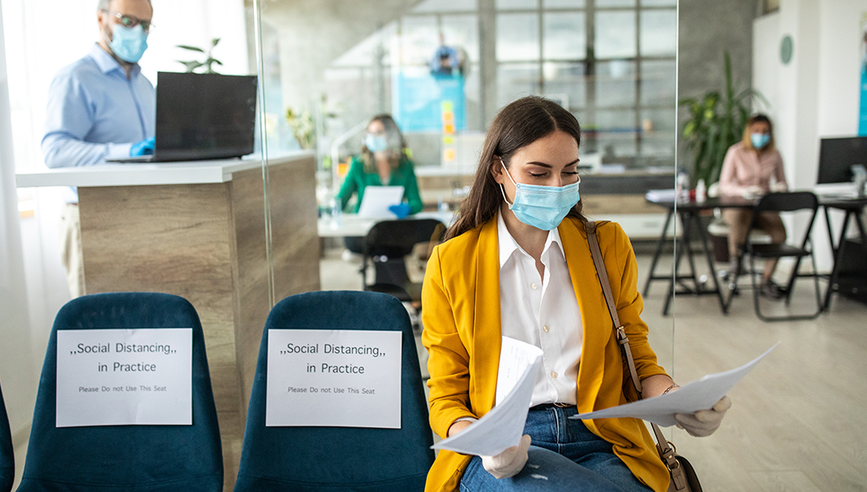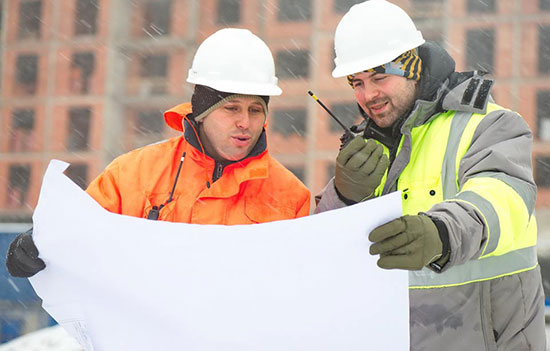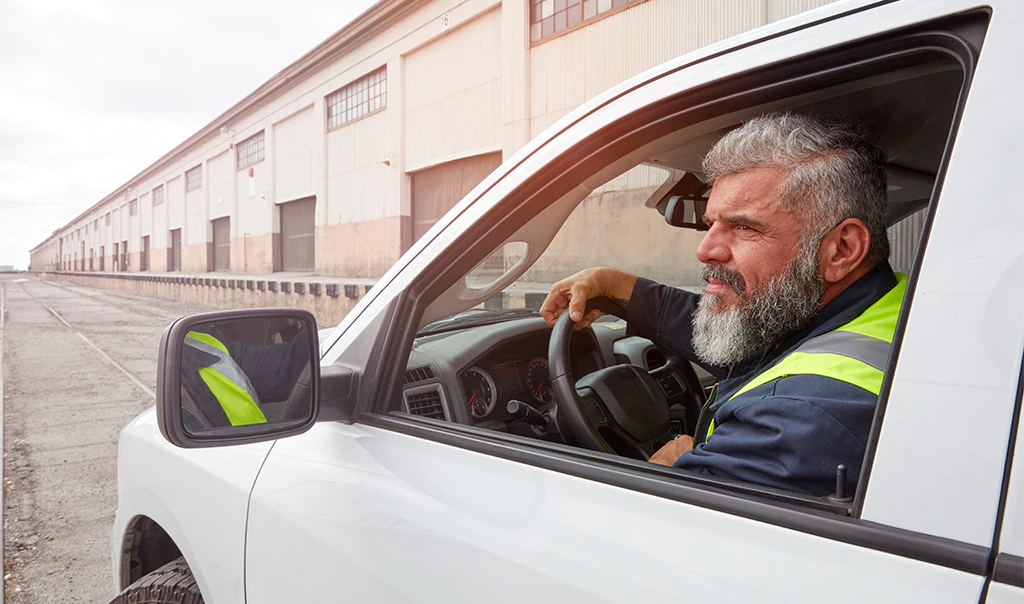How to Improve Employee Health, Wellness and Well-Being


As the COVID-19 pandemic continues, you may want to consider implementing additional policies and procedures to help keep your employees safe and healthy. Here are some ideas that can help you develop those measures and demonstrate to your employees that you genuinely care about their well being.
Review Current Policies for Sick Workers
It’s necessary for sick employees to stay home. However, they may be reluctant to if they don’t get paid when they aren’t at work, or if there is confusion about how it will impact their job. In light of concerns related to the transmission of coronavirus, expanding workers paid time off could be just what it takes to keep them at home when they exhibit COVID-19 symptoms, and to help protect your employees and customers. Making this investment can go a long way toward increasing health and safety in your workplace and ultimately, the sustainability of your business operations. Be sure to communicate any changes to employees and update your company’s policies as needed. Understand that the COVID-19 pandemic may be impacting your employees in unexpected ways, both at home and on the job.
Offer (or Subsidize) Health Insurance
Another barrier to getting employees tested and if necessary, treated for COVID-19 is a lack of health insurance. Coronavirus testing and treatment can be costly and people may not pursue it if they can’t afford it. Consider providing employees with health insurance or subsidizing their policies. It may seem expensive now, but it could go a long way toward keeping the people who work for you healthy and productive, building the confidence of your customers and maintaining the viability of your business.
Change Your Business Footprint
Are you finding it difficult to maintain adequate social distancing inside your business? It’s time to rethink your physical setup. Remember, the CDC defines physical distancing as maintaining 6 feet between yourself and other people (about 2 arm's length). Consider spacing workstations so that employees are 6 feet or more apart. Where physical distancing is not possible, staff and visitors should wear face coverings.
Improve Ventilation
Ventilation systems may repeatedly recycle air through the same space, limiting the amount of fresh air circulating through the building. It may be worthwhile to have your system checked by a qualified HVAC contractor or maintenance team. Updating it — or adding new filters or filtering systems — could help in keeping your workers healthy. Opening windows and opening and closing vents can also help circulate airflow.
Proactively Control Business Traffic
Depending on your type of business and local regulations, you may be required to control the number and flow of people into and out of your operation. This may create an inconvenience, such as long waiting lines outside, and could lead to frustration for customers. This may create challenges for employees if they have to deal with frustrated or angry patrons.
Is it possible for you to proactively control the flow of customers into your business? Perhaps you could allow people to schedule appointments online or you could provide information on your website about the best times to visit. Be sure to communicate customer instructions and expectations via store signage and during employee-to-customer interactions.
Provide Ongoing Training
When it comes to training on COVID-19 health and safety practices, once-and-done may not be enough. You’ll want to create a comprehensive COVID-19 health and safety plan and train employees on it. Focus on how these new procedures are designed to help protect them, their co-workers, customers and anyone else they may come into contact with, including their families at home.
Find opportunities to reinforce training principles throughout the week, like during daily pre-work meetings. Offer refresher training every few weeks. Include all the best practices you’ve already covered along with new information as it comes available. Make sure you include everyone on your team so they’re all on the same page. Conduct virtual meetings for people who are out of the office or working remotely. Leverage the training resources available through the Occupational Health and Safety Administration (OSHA) to keep your sessions fresh and up-to-date. Talk with employees to get feedback and understand their concerns.
Don’t Limit the Plan to Safety in the Workplace
Ensure employees know what to do to stay safe when they’re running errands, picking up supplies and making deliveries. Determine when employees should wear PPE, such as face coverings, encourage social distancing, disinfect vehicle surfaces frequently, avoid contact with others and touching surfaces that could be contaminated.
Communicate, Communicate, Communicate
Post information about how to help limit the spread of coronavirus. It should be updated and refreshed regularly. Employees should be aware of changes and updates from federal organizations, such as the CDC, as well from state and local authorities, such as health departments.
Stay Up to Date on the News
Be sure to stay up to date on federal and state public health information and guidance. This can help give you a jumpstart on preparing your employees and workplace in the event of changes that can affect your community.
Lead By Example
Business owners and managers should demonstrate the behaviors they expect from their employees. Adherence to safe work practices, at all levels of the company, signals to employees that their health and well-being matters. Written policies can “talk the talk,” but company leaders need to “walk the walk.”



